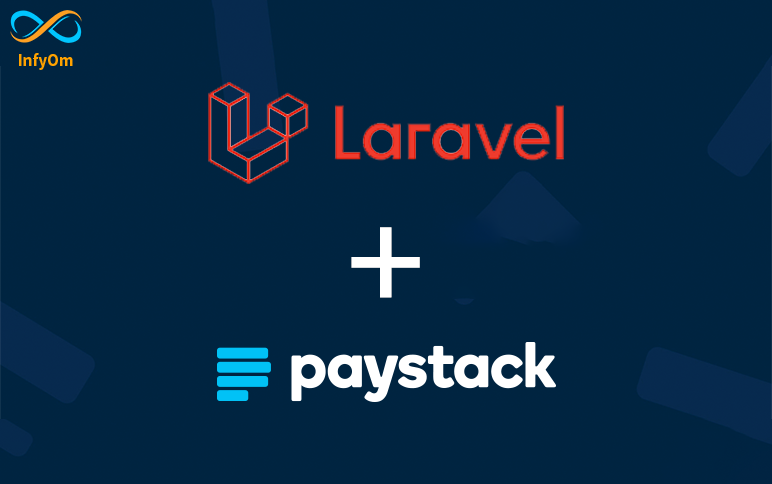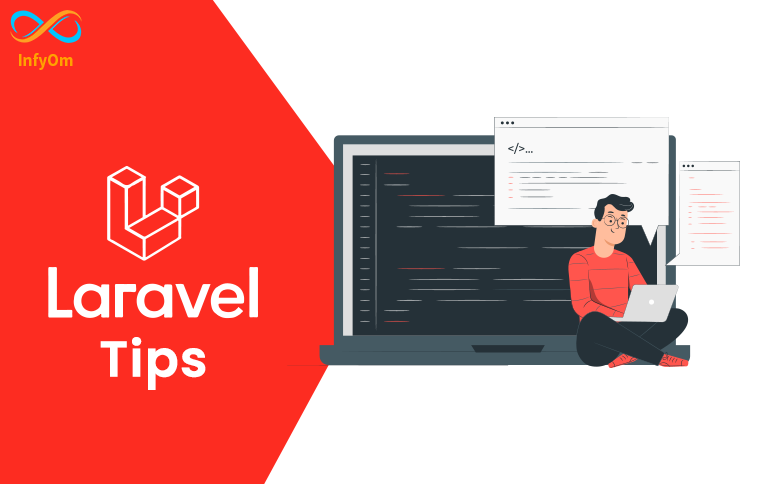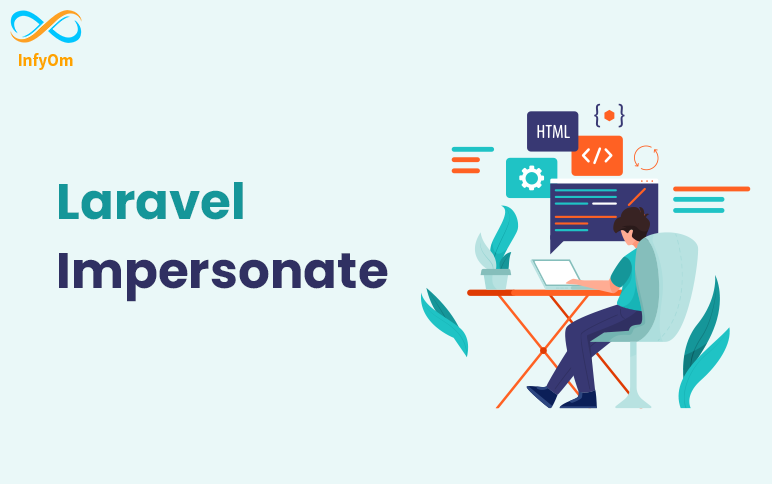How to implement Paystack payment gateway in laravel applicationLaravel

How to implement Paystack payment gateway in laravel applicationLaravel
Paystack is the most popular payment gateway in Africa. Paystack has supported ZAR currencies.
It’s very simple to implement in your laravel application
Install package
composer require unicodeveloper/laravel-paystackOnce Laravel Paystack is installed, you need to register the service provider. Open up config/app.php and add the following to the providers key.
'providers' => [
...
Unicodeveloper\Paystack\PaystackServiceProvider::class,
...
]Register the Facade
'aliases' => [
...
'Paystack' =>
Unicodeveloper\Paystack\Facades\Paystack::class,
...
]Note: Make sure you have /payment/callback registered in Paystack Dashboard https://dashboard.paystack.co/#/settings/developer
Set Paystack credentials into config/paystack.php
return [
/**
* Public Key From Paystack Dashboard
*/
'publicKey' => 'PAYSTACK KEY',
/**
* Secret Key From Paystack Dashboard
*/
'secretKey' => 'PAYSTACK SECRET KEY',
/**
* Paystack Payment URL
*/
'paymentUrl' => 'https://api.paystack.co',
/**
* Optional email address of the merchant
*/
'merchantEmail' => 'EMAIL ADDRESS',
];Configure the route. Enter the code in your web.php file in the route directory
//Paystack Route
Route::get('paystack-onboard', [PaystackController::class, 'redirectToGateway'])->name('paystack.init');
Route::get('paystack-payment-success',
[PaystackController::class, 'handleGatewayCallback'])->name('paystack.success');Then after create one controller PaystackController.php
public function redirectToGateway(Request $request)
{
try{
$request->request->add([
"email" => "Your email address",
"orderID" => "123456", // anything
"amount" => 150 * 100,
"quantity" => 1, "currency" => "ZAR", // change as per need
"reference" => Paystack::genTranxRef(),
"metadata" => json_encode(['key_name' => 'value']), // this should be related data
]);
return Paystack::getAuthorizationUrl()->redirectNow();
}catch(\Exception $e) {
return Redirect::back()->withMessage(['msg'=>'The paystack token has expired. Please refresh the page and try again.', 'type'=>'error']);
}
}
public function handleGatewayCallback(Request $request)
{
$paymentDetails = Paystack::getPaymentData();
dd($paymentDetails);
}That's it. Enjoy.
Some Laravel tips that we must need to knowLaravel

Some Laravel tips that we must need to knowLaravel
1) Null safe operator
From PHP 8 you can use Null Safe Operator
How we are doing null checking code in PHP < 8.0
$country = null;
if ($session !== null) {
$user = $session->user;
if ($user !== null) {
$address = $user->getAddress();
if ($address !== null) {
$country = $address->country;
}
}
}PHP 8 allows you to write this:
$country = $session?->user?->getAddress()?->country;2) Ternary condition
We have used this ternary condition for checking null value
isset($user->image) ? $user->image : nullWe can short above condition like this
$user->image ?? null3) Clone a model
You can clone a model using replicate(). It will create a copy of the model into a new, non-existing instance.
$user = App\User::find(1);
$newUser = $user->replicate();
$newUser->save();4) Default Relationship Models
Laravel provides a handy withDefault() method on the belongsTo relationship that will return a model object even when the relationship doesn't actually exist.
class Post extends Model
{
public function user()
{
return $this->belongsTo(User::class)->withDefault();
}
}Now, if we try to access the $post->user relationship, we'll still get a User object even when it does exist in the database. This is known as the "null object" pattern and helps eliminate some of those if ($post->user) conditional statements.
For more information read Laravel withDefault() doc.
5) Save models and relationships
You can save a model and its corresponding relationships using the push() method.
class User extends Model
{
public function phone()
{
return $this->hasOne('App\Phone');
}
}
$user = User::first();
$user->name = "Peter";
$user->phone->number = '1234567890';
$user->push(); // This will update both user and phone record in DBHope it will be helpful.
Thanks
How to implement Laravel impersonateLaravel

How to implement Laravel impersonateLaravel
What is user impersonate and why we use it in projects?
- User Impersonate is useful when we want to login on behalf of admin user.
- When we are a super-admin and we want to know about our users what they do in their account then this package is useful to check their activity.
- If you implemented impersonate in your project then you need to maintain it because it may cause a security issue as well as user's privacy issue.
Here is a full documentation of laravel impersonate: https://github.com/404labfr/laravel-impersonate
So let's start with installing impersonate on your project copy the below code where we will install this package using composer.
composer require lab404/laravel-impersonateAdd the service provider at the end of your config/app.php:
'providers' => [
// ...
Lab404\Impersonate\ImpersonateServiceProvider::class,
],Add the trait Lab404\Impersonate\Models\Impersonate to your User model.
Using the built-in controller
In your routes file, under web middleware, you must call the impersonate route macro.
Route::impersonate();
// Where $id is the ID of the user you want impersonate
route('impersonate', $id)
// Or in case of multi guards, you should also add `guardName` (defaults to `web`)
route('impersonate', ['id' => $id, 'guardName' => 'admin'])
// Generate an URL to leave current impersonation
route('impersonate.leave')Blade
There are three Blade directives available.
When the user can impersonate
@canImpersonate($guard = null)
<a href="{{ route('impersonate', $user->id) }}">Impersonate this user</a>
@endCanImpersonateWhen the user can be impersonated
@canBeImpersonated($user, $guard = null)
<a href="{{ route('impersonate', $user->id) }}">Impersonate this user</a>
@endCanBeImpersonatedWhen the user is impersonated
@impersonating($guard = null)
<a href="{{ route('impersonate.leave') }}">Leave impersonation</a>
@endImpersonatingThat's it. Enjoy.
